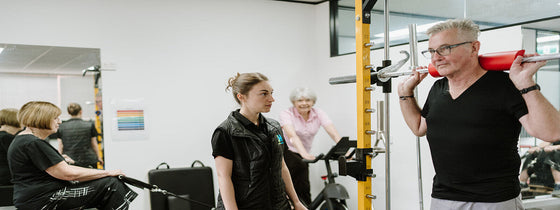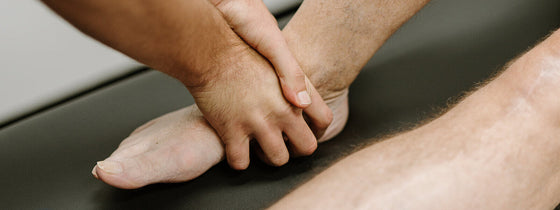In 2013, physical inactivity cost $67.5 billion globally in healthcare costs and loss of productivity. This is an astronomical figure that could be cut significantly, IF we tried to make ourselves and our health a little more of a priority!
Exercise guidelines recommend both regular aerobic and strengthening exercises to optimise health and wellbeing. We are going to briefly delve into why this is the case, and what benefits you may see from adhering to these guidelines.
Aerobic exercise
Regular aerobic exercise has been shown to have a protective mechanism against many adverse health conditions. Some of these include cardiovascular disease, type 2 diabetes mellitus, high blood pressure and certain types of cancers. It has also been proven to have very positive effects upon anxiety, stress, and depression.
You will also notice more functional implications when you routinely elevate your heart rate, such as improved ease in various activities of daily living, decreased breathlessness, and weight loss. Aerobic activities include things such as walking, swimming, and bike riding just to name a few. These can be utilised across the lifespan in different ways and easily adapted to meet your current needs, requirements, and fitness levels to make aerobic activity more accessible and achievable.
Resistance training
Besides the obvious benefit of becoming stronger, resistance training has many additional health benefits. It is great for your bone, tendon, and joint health, and has been shown to vastly improve daily function. On a health front, strength training helps to improve bone density and therefore reduces the risk of bony injuries, fractures, and poor bone health. Age isn’t a limiting factor for resistance training, with extensive benefits found for older populations, as long as you are guided by a healthcare professional.
Programs, such as the GLA:D program, are ways of improving bone health and strength in a safe and monitored environment. Strength training also improves our basal metabolic rate, meaning that we expend more energy when at rest, which is when our body utilises most of the fat in our body as a fuel source!
Here at the Optimal Health Lab, we have designed classes in our Strength Lab to target all of these necessities. We utilise our equipment, which includes a sled, ski ergometer, and bike to elevate your heart rate into those aerobic zones. These can be incorporated into our group exercise classes to meet your cardiovascular needs, and we also include strength exercises that target crucial muscle groups, based on your individual needs and goals.
Exercise encompasses a wide variety of activities, and it is vital to find an activity that you enjoy, feel good doing, and want to do! This ultimately helps with exercise adherence, consistency, and therefore improved health outcomes. Walking with a friend or family member is a great way to help with consistency, enjoyment, and fitness. Alternatively, looking at joining a group exercise class at OHL to do some strength work (while working up a sweat!) can be a great way to improve fitness goals and outcomes.
If you or someone you know would like to discuss this further, make an appointment with one of our highly trained physios, who can help guide you back to your optimal health.

If you're experiencing back or neck pain with neurological signs and symptoms, a thorough neurological examination is crucial for accurate assessment and effective treatment. In this Optimal Tip learn more about what we mean by completing a neurological exam!

Squats, deadlifts, and calf raises are key movement patterns that should be part of every strength and conditioning program—regardless of age and activity level. These functional movements support joint health, improve posture and balance, and reduce the risk of injury while building strength where it matters most.

A ganglion cyst is a fluid-filled swelling that typically forms over a joint or tendon sheath, causing discomfort and pain, especially when pressing against nerves or joints. Proper assessment and treatment, including physiotherapy, are essential for managing symptoms and improving function in the presence of a ganglion in your hand, foot, or wrist.